Home>Articles>How Long Are Chicken Wings Good For In The Freezer
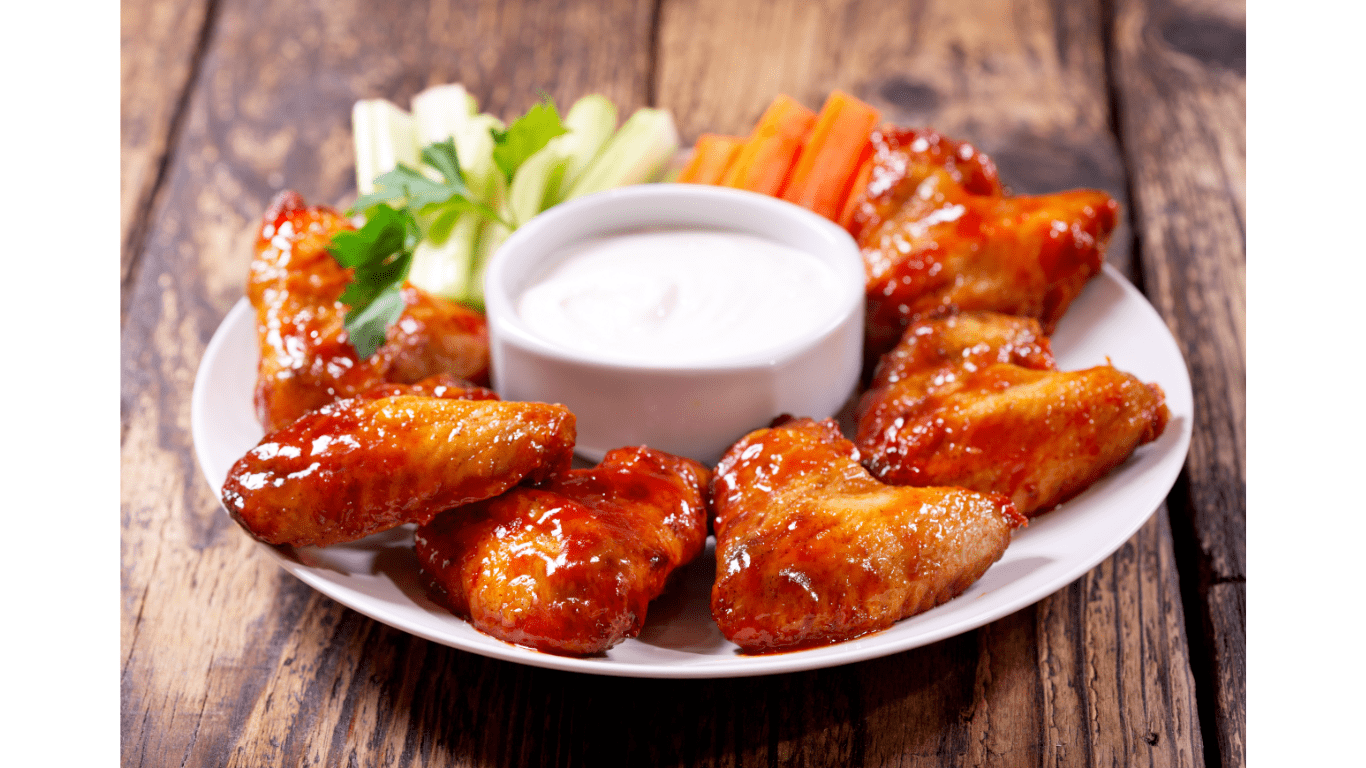

Articles
How Long Are Chicken Wings Good For In The Freezer
Modified: August 20, 2024
Discover the proper storage time for chicken wings in your freezer with our informative articles. Learn how long they stay good and maintain their quality.
(Many of the links in this article redirect to a specific reviewed product. Your purchase of these products through affiliate links helps to generate commission for Storables.com, at no extra cost. Learn more)
Introduction
Freezing chicken wings is a convenient way to extend their shelf life and ensure you always have this delicious and versatile meat on hand. Whether you buy them in bulk or have leftover wings from a party, freezing is an excellent way to preserve their freshness and flavor.
However, it’s essential to understand the factors that affect the shelf life of frozen chicken wings and the proper storage techniques to optimize their longevity. By following these guidelines, you can enjoy tasty chicken wings whenever you crave them, without compromising safety or taste.
In this article, we will explore the various factors that influence the shelf life of frozen chicken wings, including temperature, packaging, and storage conditions. We will also discuss recommended freezer storage times, signs of spoiled chicken wings, and the best practices for handling and defrosting frozen chicken wings.
So, whether you are a wings enthusiast looking to stock up or someone curious about freezing chicken wings, read on to discover everything you need to know about keeping chicken wings fresh and delicious in the freezer.
Key Takeaways:
- Proper storage techniques, including temperature control, organized storage, and proper packaging, are crucial for maximizing the shelf life of frozen chicken wings and preserving their flavor and texture.
- Recognizing signs of spoiled frozen chicken wings, practicing safe handling and defrosting methods, and following recommended freezer storage times are essential for ensuring food safety and enjoying delicious wings.
Factors Affecting the Shelf Life of Frozen Chicken Wings
Several factors can influence the shelf life of frozen chicken wings. Understanding these factors is crucial for maintaining the quality and safety of the wings. Here are some key factors to consider:
- Temperature: Proper temperature is vital for preserving the quality of frozen chicken wings. Freezers should be set at or below 0°F (-18°C) to ensure that the wings stay frozen solid. Fluctuations in temperature can lead to freezer burn, which can affect the texture and taste of the wings.
- Packaging: The packaging used to store frozen chicken wings plays a significant role in maintaining their quality. It is essential to use proper packaging materials, such as airtight ziplock bags or vacuum-sealed containers, to prevent exposure to air and moisture. This helps minimize the risk of freezer burn and ice crystal formation.
- Storage Time: The length of time that chicken wings can be safely stored in the freezer depends on several factors, including the quality of the wings before freezing and the storage conditions. While frozen chicken wings can technically be safe to eat indefinitely, the quality may diminish over time, resulting in a loss of flavor and texture.
- Quality of the Wings: The quality of the chicken wings at the time of freezing also affects their shelf life. If the wings were fresh and properly handled before freezing, they are more likely to retain their quality for a more extended period. It’s recommended to freeze chicken wings as soon as possible after purchase or cooking to preserve their freshness.
- Storage Conditions: The way in which frozen chicken wings are stored in the freezer can impact their shelf life. It is important to ensure they are stored in an organized manner, with proper air circulation to maintain even freezing and prevent any potential cross-contamination with other foods.
By taking these factors into account and implementing proper storage practices, you can maximize the shelf life of frozen chicken wings and enjoy high-quality wings whenever you desire.
Proper Storage Techniques for Frozen Chicken Wings
Proper storage techniques are crucial for maintaining the quality and safety of frozen chicken wings. By following these guidelines, you can ensure that your wings stay delicious and safe to eat for an extended period. Here are some essential storage techniques to consider:
- Proper Packaging: Use appropriate packaging materials to protect the chicken wings from air and moisture. Airtight ziplock bags, freezer-safe containers, or vacuum-sealed bags are excellent options. Make sure to remove as much air as possible from the packaging before sealing to prevent freezer burn and maintain the texture and flavor of the wings.
- Labeling: Properly label your frozen chicken wings with the date of freezing. This helps you keep track of their storage time and allows you to rotate your stock, ensuring that you consume the oldest wings first.
- Organized Storage: Arrange your frozen chicken wings in an organized manner in the freezer, ensuring they are not stacked on top of each other or compressed. This allows proper air circulation and helps maintain an even freezing temperature throughout the wings.
- Temperature Control: Set your freezer temperature at or below 0°F (-18°C) to keep the chicken wings frozen solid. Avoid frequent temperature fluctuations by refraining from leaving the freezer door open for extended periods of time.
- Keep away from odorous foods: Store frozen chicken wings separately from foods with strong odors. They can absorb odors from other foods, compromising their flavor and quality.
By following these proper storage techniques, you can ensure that your frozen chicken wings remain fresh, flavorful, and safe to consume for an extended period. Remember to always practice first-in, first-out (FIFO) to consume the oldest wings before using the newer ones.
Recommended Freezer Storage Times for Chicken Wings
While frozen chicken wings can technically be stored indefinitely if kept at a consistent freezing temperature, the quality and flavor may diminish over time. It’s essential to have a general guideline for the recommended freezer storage times for chicken wings to ensure you enjoy them at their best. Here are some recommended storage times:
- Raw Chicken Wings: Raw chicken wings can be safely stored in the freezer for up to 9 to 12 months. However, for optimal flavor and texture, it’s best to consume them within 6 to 9 months.
- Cooked Chicken Wings: If you have leftover cooked chicken wings, they can be stored in the freezer for up to 6 months. To maintain their crispy texture, it’s recommended to reheat them in an oven or air fryer rather than microwaving.
- Breaded Chicken Wings: If the chicken wings are breaded or have a coating, such as buffalo wings or crispy fried wings, the recommended freezer storage time is around 3 to 4 months. The breading may lose its crispiness over time, so it’s best to consume them within this timeframe.
- Flavored or Marinated Wings: If the chicken wings are already flavored or marinated, their freezer storage time may vary. It’s best to consume them within 3 to 6 months to maintain their taste and quality. However, it’s important to note that heavily seasoned or sauced wings may retain their flavor longer, but the texture may be affected.
It’s worth noting that these are general guidelines, and the actual storage time may vary depending on various factors like freezer temperature, packaging quality, and the initial freshness of the wings. Properly labeled packaging helps you keep track of the storage time and ensures that you consume the oldest wings first.
Always inspect the wings for any signs of spoilage before consuming, even if they are within the recommended storage times. Use your discretion and trust your senses to determine if the wings are still safe to eat.
Chicken wings can be stored in the freezer for up to 9 months. Be sure to package them properly to prevent freezer burn and maintain quality.
Signs of Spoiled Frozen Chicken Wings
It’s crucial to be able to recognize the signs of spoiled frozen chicken wings to ensure you consume safe and quality food. While frozen chicken wings can have a long shelf life if stored properly, they can still spoil over time. Here are some signs to look out for:
- Off Odor: If the frozen chicken wings have a foul or off-putting odor, it is a clear indication of spoilage. The smell may resemble a sour or rotten scent. Trust your senses and discard any wings that have an unpleasant smell.
- Changes in Texture or Appearance: Inspect the frozen chicken wings for any unusual changes in texture or appearance. This can include freezer burn, which appears as grayish-white discoloration or ice crystals on the surface. Additionally, if the wings appear slimy, discolored, or have a mushy texture, it is a sign of spoilage.
- Unpleasant Taste: If you notice an unusual or off taste when consuming cooked chicken wings, it is an indication that they have spoiled. Trust your taste buds, and if the flavor seems off or rancid, it’s best to discard the wings.
- Presence of Mold: Mold growth on frozen chicken wings is a clear sign of spoilage and should never be ignored. If you see any mold on the wings, discard them immediately.
- Excessive Freezer Burn: While small patches of freezer burn may not render the wings unsafe to consume, excessive freezer burn can affect the texture and taste of the wings. If the wings are covered in significant freezer burn that affects a large portion of the meat, it’s best to discard them.
It’s important to remember that even if the frozen chicken wings are within their recommended storage time, they can still spoil if not stored properly or exposed to unfavorable conditions. Trust your senses and use your discretion when determining the quality and safety of the wings.
If you have any doubts about the safety or freshness of the frozen chicken wings, it’s always better to err on the side of caution and discard them rather than risk foodborne illness.
Safe Handling and Defrosting Methods for Frozen Chicken Wings
Proper handling and defrosting methods are essential to ensure food safety and maintain the quality of frozen chicken wings. Here are some guidelines to follow:
Safe Handling Tips:
- Proper Packaging: Ensure that the frozen chicken wings are tightly sealed and properly packaged to prevent cross-contamination with other foods in the freezer. If the original packaging has been damaged or is not secure, transfer the wings to a new airtight container or resealable freezer bag.
- Hand Hygiene: Before handling frozen chicken wings, wash your hands thoroughly with soap and warm water. Proper hand hygiene helps prevent the spread of bacteria and other contaminants.
- Separate Raw and Cooked Wings: If you have a mixture of raw and cooked chicken wings in the freezer, be sure to keep them separate to prevent cross-contamination. Place them in separate containers or use dividers to maintain proper food safety.
- Storage Location: Store the frozen chicken wings on a lower shelf in the freezer to prevent any potential drips or leaks from contaminating other foods.
Defrosting Methods:
When it comes to defrosting frozen chicken wings, it’s important to follow safe methods to prevent bacterial growth and ensure the wings maintain their quality. Here are recommended defrosting methods:
- Refrigerator Defrosting: The safest way to defrost frozen chicken wings is to transfer them from the freezer to the refrigerator. Place the wings on a plate or in a container to catch any potential drips, and allow them to defrost in the refrigerator overnight or up to 24 hours. This slow, controlled thawing method helps maintain food safety and minimizes the risk of bacteria growth.
- Cold Water Defrosting: If you need to defrost the chicken wings quickly, you can opt for the cold water method. Place the tightly sealed wings in a leak-proof plastic bag and submerge them in cold water. Change the water every 30 minutes to ensure it remains cold. It’s essential to note that this method requires constant supervision and immediate cooking once defrosted.
- Microwave Defrosting: If you’re in a pinch for time, you can use the microwave to defrost the chicken wings. Follow the specific instructions in your microwave’s manual for defrosting frozen meat. Ensure that you cook the wings immediately after defrosting to minimize any bacterial growth.
Remember, it’s best to plan ahead and allow enough time for proper refrigerator defrosting. This method ensures the wings defrost safely and maintains their quality. It’s essential never to leave the chicken wings at room temperature for an extended period as it can promote bacterial growth and foodborne illnesses.
By following these safe handling and defrosting methods, you can enjoy delicious and safe-to-eat chicken wings without compromising on food safety.
Frequently Asked Questions (FAQs) about Freezing Chicken Wings
1. Can you freeze raw chicken wings?
Yes, you can freeze raw chicken wings. It is recommended to freeze them as soon as possible after purchase to maintain their freshness.
2. Can you freeze cooked chicken wings?
Yes, you can freeze cooked chicken wings. Place them in airtight containers or freezer bags to maintain their quality when freezing.
3. How long can you keep frozen chicken wings?
Frozen chicken wings can technically be stored indefinitely if kept at a consistent freezing temperature. However, for optimal quality, it is recommended to consume them within 9 to 12 months for raw wings and within 6 months for cooked wings.
4. Can you refreeze chicken wings after they have been thawed?
It is generally safe to refreeze chicken wings if they have been thawed properly in the refrigerator. However, the quality may be affected, especially when it comes to texture and taste. It is best to use them immediately after the initial thawing process.
5. Can you freeze chicken wings in their original packaging?
If the original packaging is sturdy and leak-proof, it can be used to freeze the chicken wings. However, it is often recommended to transfer them to airtight freezer bags or containers to prevent potential exposure to air and moisture.
6. Can you freeze flavored or marinated chicken wings?
Yes, you can freeze flavored or marinated chicken wings. However, keep in mind that the flavors may intensify during freezing, and the texture may change. It is best to consume them within 3 to 6 months to maintain their taste and quality.
7. Can you cook frozen chicken wings without thawing?
Yes, you can cook chicken wings from frozen. However, the cooking time may be slightly longer compared to thawed wings. It is important to ensure that the wings reach a safe internal temperature of 165°F (74°C) to ensure they are fully cooked.
8. How can you prevent freezer burn on chicken wings?
To prevent freezer burn, ensure proper packaging that is airtight, such as using freezer bags or containers. Remove as much air as possible before sealing. Properly labeling and organizing the wings in the freezer will also help to minimize the risk of freezer burn.
9. Can frozen chicken wings be cooked and refrozen?
It is generally safe to cook frozen chicken wings and then refreeze them. However, each time you freeze and thaw food, there is a potential for a loss of quality. It is best to consume the cooked wings after thawing rather than refreezing them again.
10. How can you tell if frozen chicken wings have gone bad?
Signs of spoiled frozen chicken wings include a foul odor, changes in texture or appearance (such as discoloration or sliminess), an unpleasant taste, the presence of mold, or excessive freezer burn. Trust your senses and discard them if any of these signs are evident.
Remember to always follow proper storage and handling techniques to maintain the quality and safety of frozen chicken wings.
Conclusion
Freezing chicken wings is an excellent way to extend their shelf life while ensuring you have a tasty and versatile meat option on hand. By understanding the factors that affect the shelf life of frozen chicken wings and implementing proper storage techniques, you can enjoy delicious wings whenever you desire.
We discussed the key factors that influence the shelf life of frozen chicken wings, including temperature, packaging, storage time, quality of the wings, and storage conditions. By keeping these factors in mind, you can optimize the quality and safety of the wings throughout their time in the freezer.
Proper storage techniques, such as using airtight packaging, organizing storage, labeling, and maintaining proper freezer temperatures, are essential for preserving the flavor and texture of frozen chicken wings. Following recommended freezer storage times for raw and cooked wings is also crucial for enjoying them at their peak quality.
Recognizing the signs of spoiled frozen chicken wings, such as off odors, changes in texture or appearance, unpleasant taste, presence of mold, or excessive freezer burn, is vital in ensuring food safety. Trust your senses and discard any wings that show signs of spoilage.
When handling and defrosting frozen chicken wings, practice proper hygiene and separate raw and cooked wings to prevent cross-contamination. Safe defrosting methods, such as refrigerator thawing or using cold water, help maintain food safety and quality.
Lastly, we provided answers to frequently asked questions about freezing chicken wings, addressing concerns about freezing raw and cooked wings, storage times, refreezing, preventing freezer burn, and recognizing signs of spoilage.
In conclusion, by implementing proper storage and handling techniques, you can safely and effectively freeze chicken wings and enjoy their deliciousness whenever the craving strikes. Whether you’re preparing for a party or want to have a quick and tasty meal option available, freezing chicken wings is a convenient and practical solution.
Remember to always prioritize food safety and use your best judgment when it comes to the quality and freshness of the frozen chicken wings. Enjoy your flavorful and succulent chicken wings straight from the freezer!
Frequently Asked Questions about How Long Are Chicken Wings Good For In The Freezer
Was this page helpful?
At Storables.com, we guarantee accurate and reliable information. Our content, validated by Expert Board Contributors, is crafted following stringent Editorial Policies. We're committed to providing you with well-researched, expert-backed insights for all your informational needs.
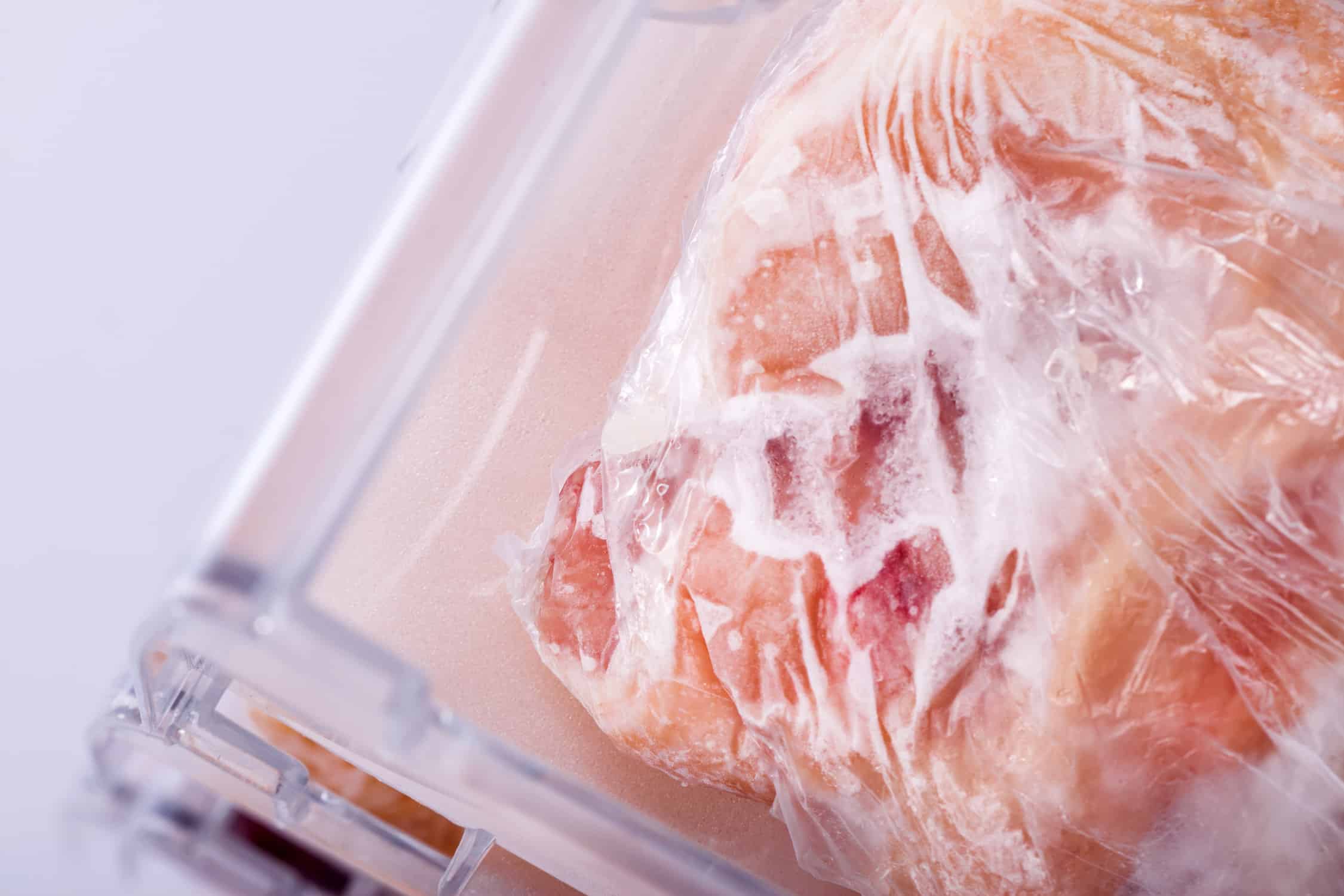
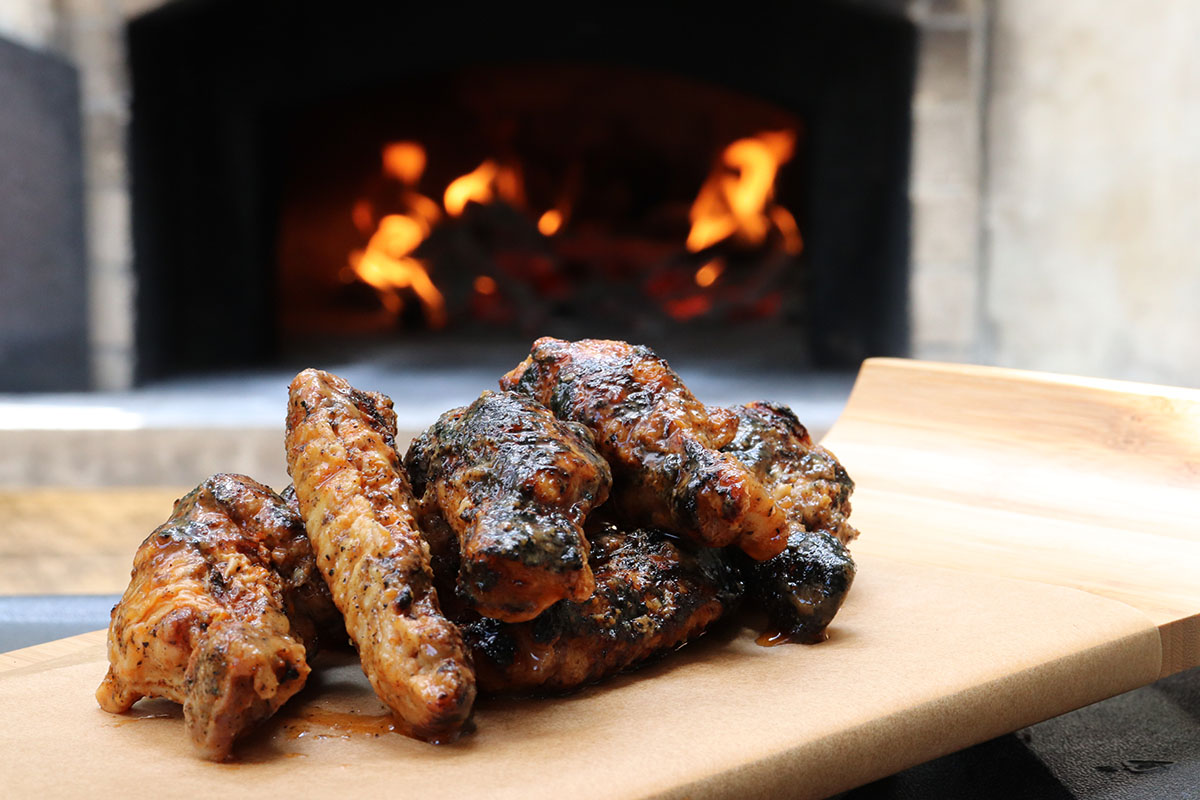
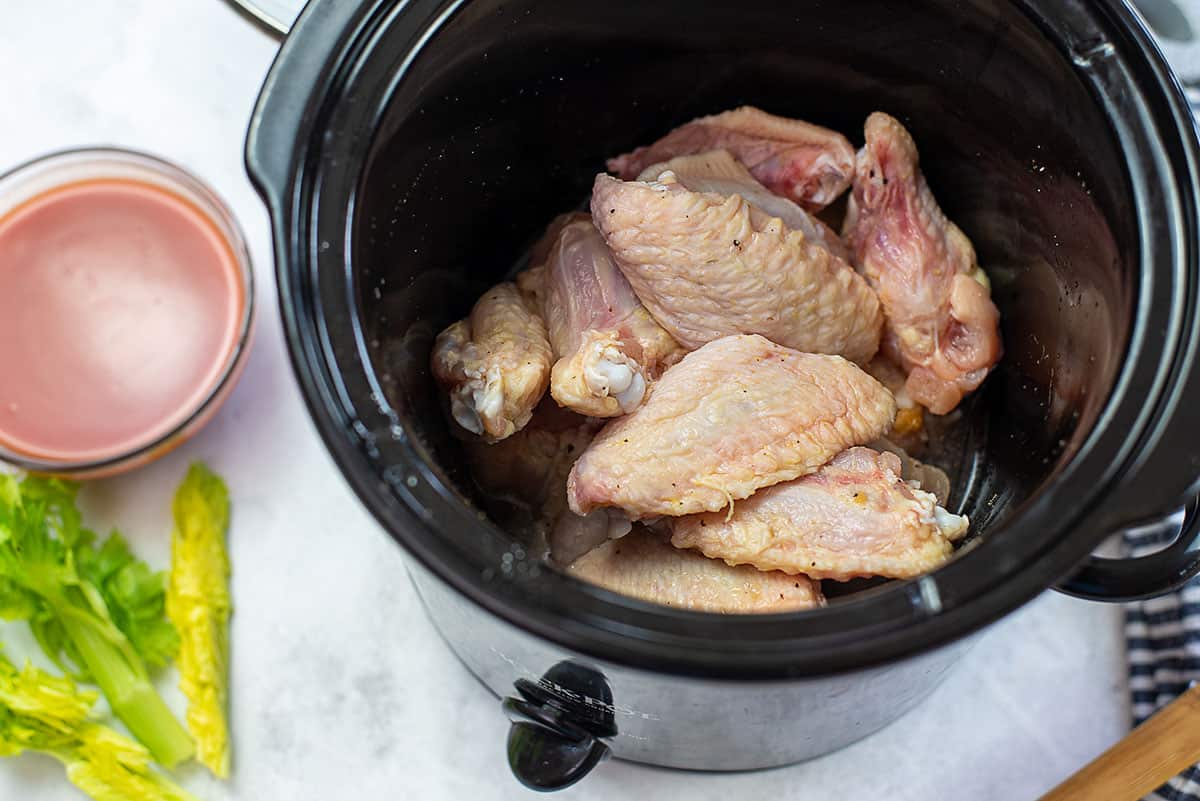
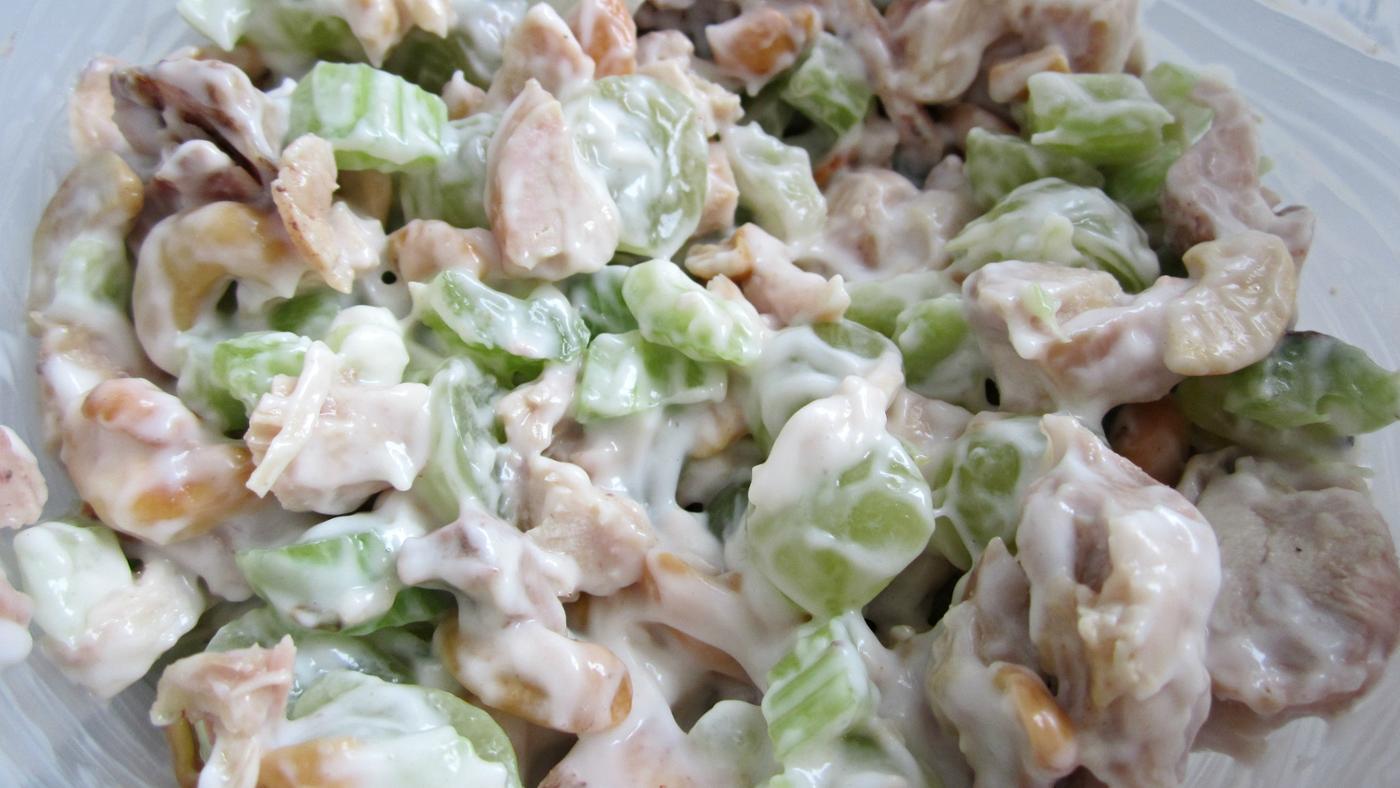
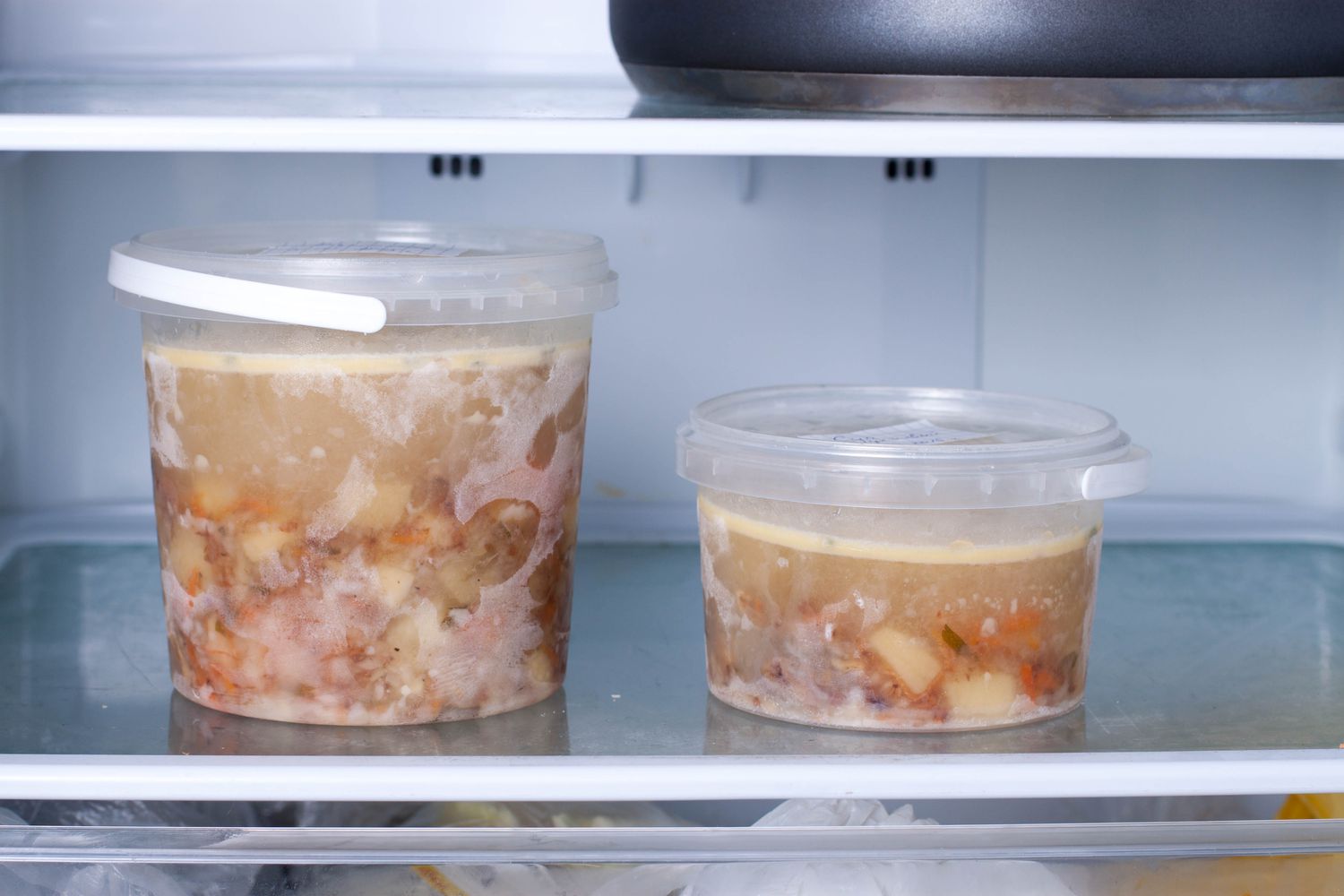


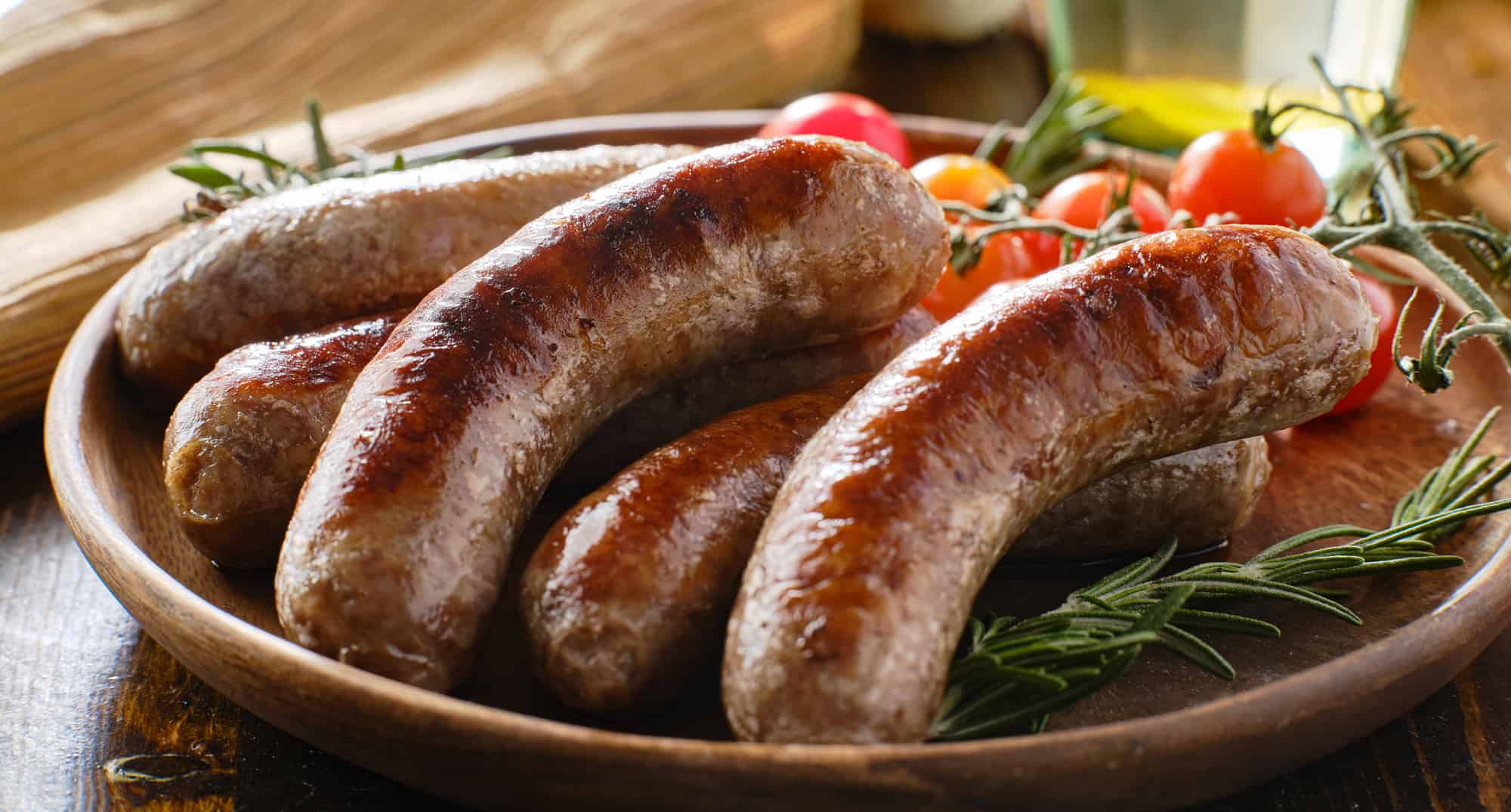
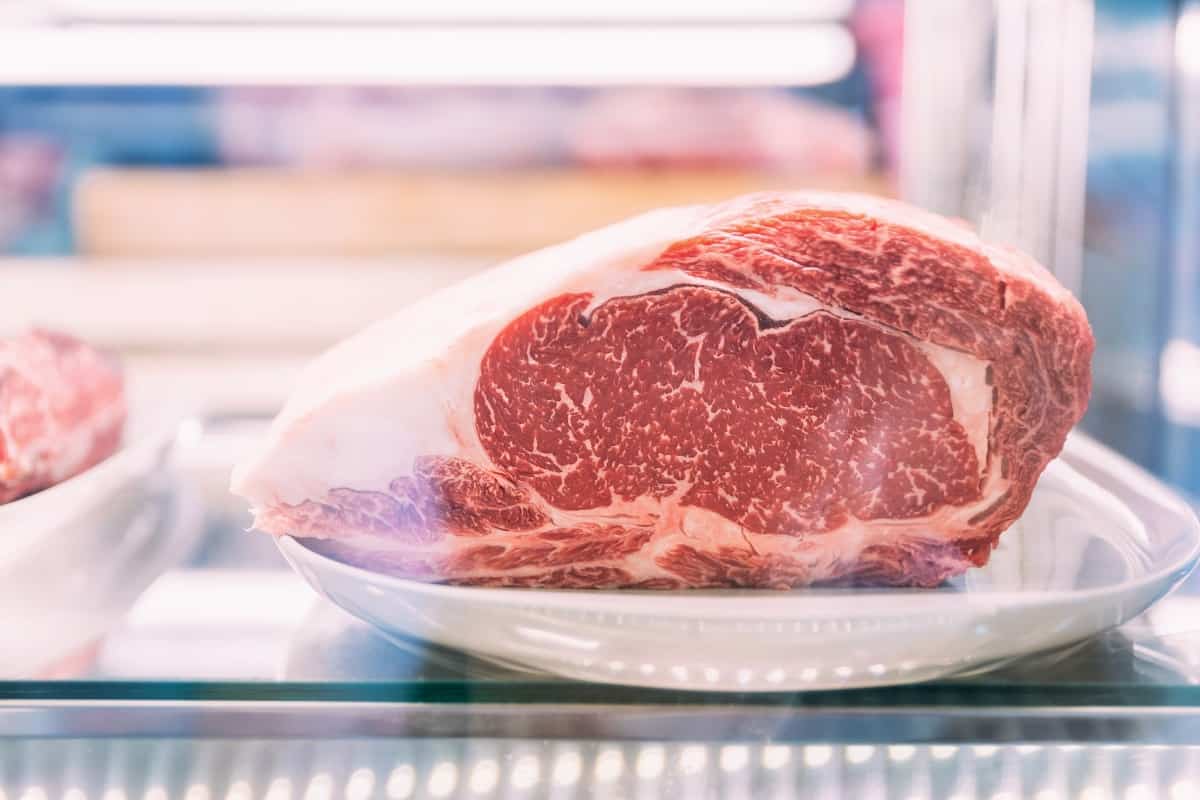
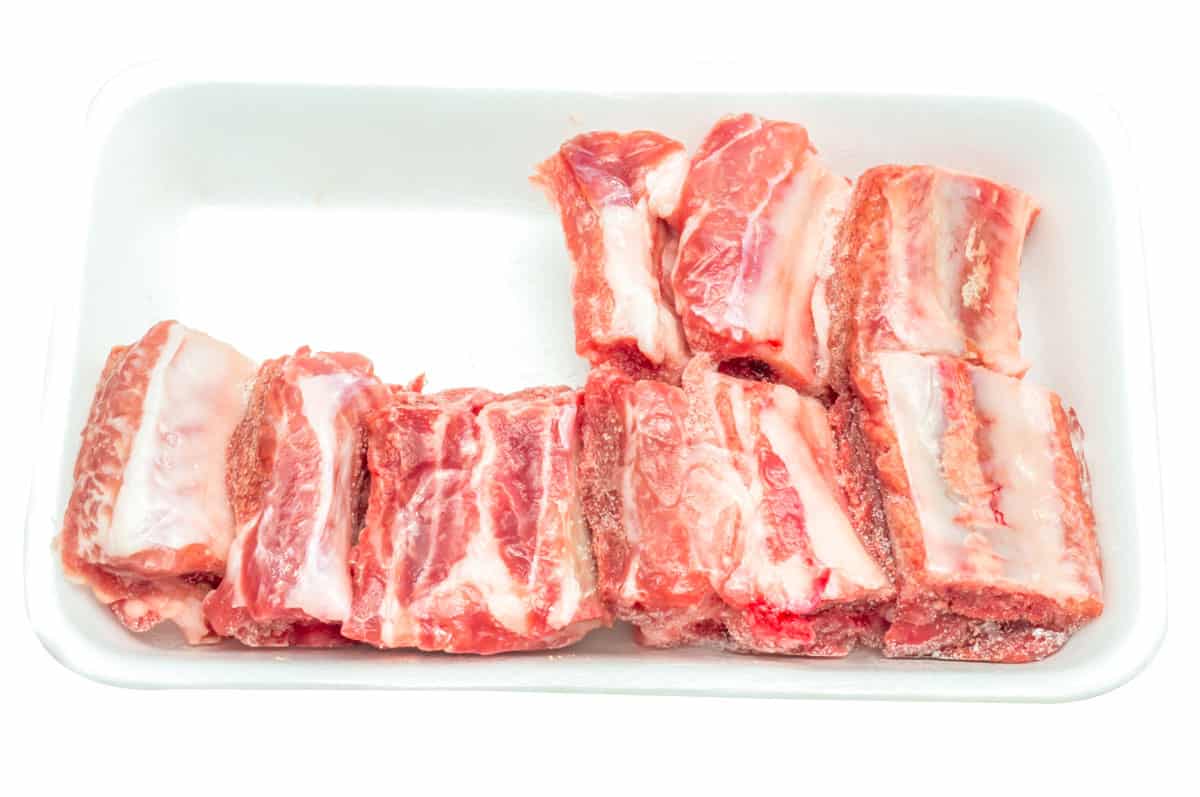
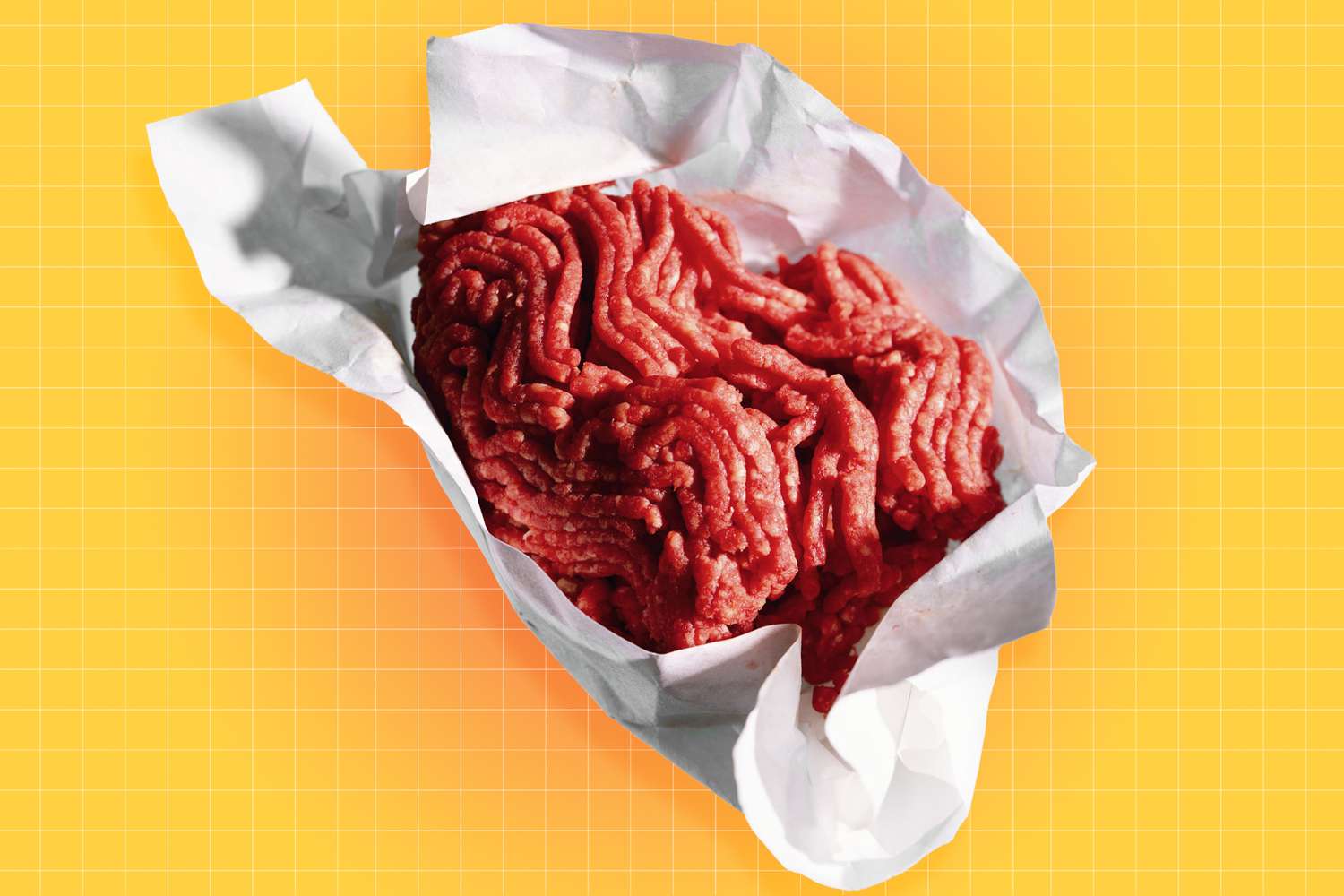
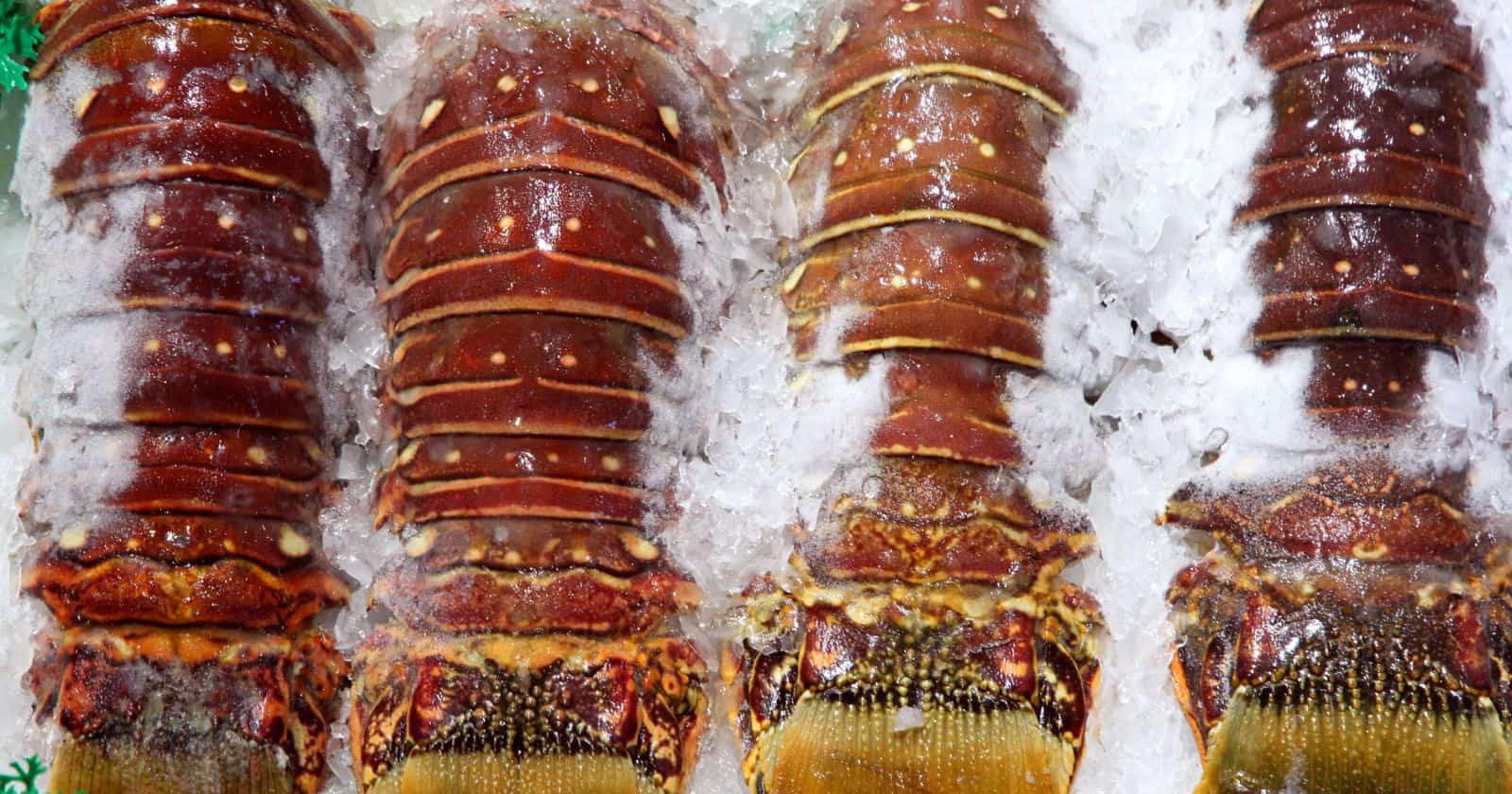
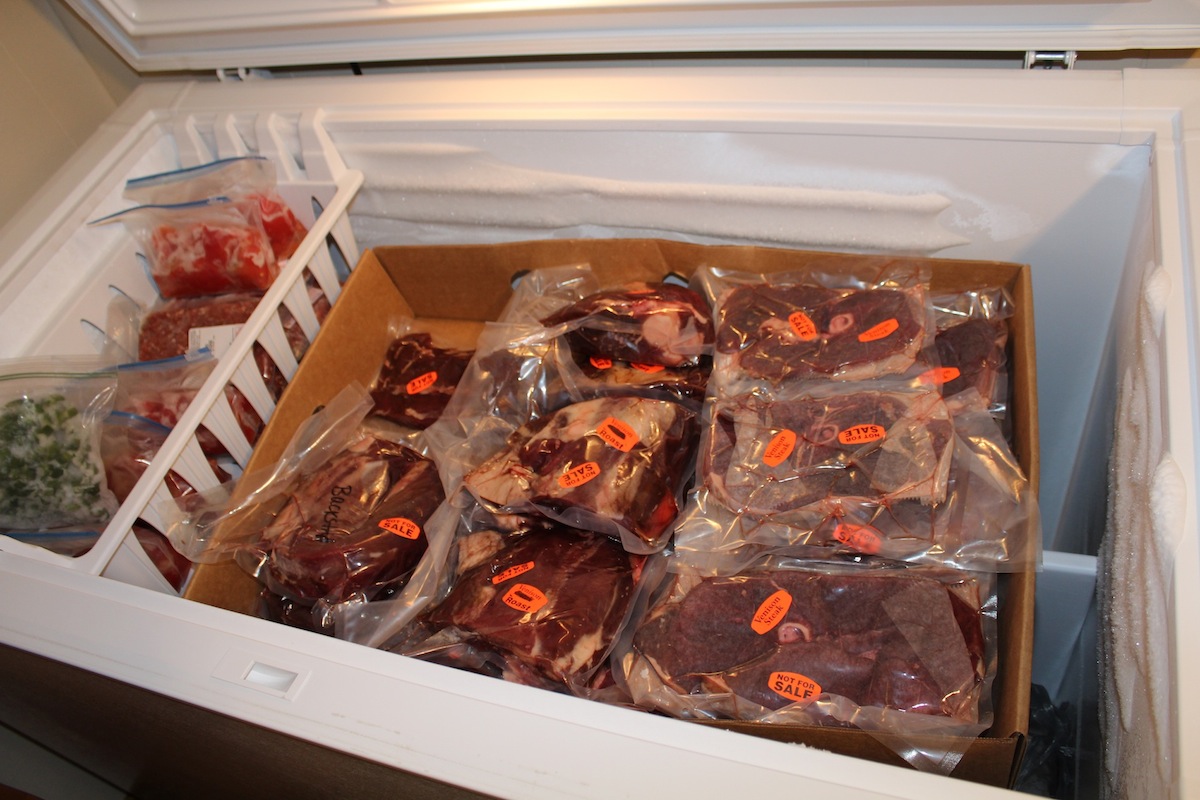
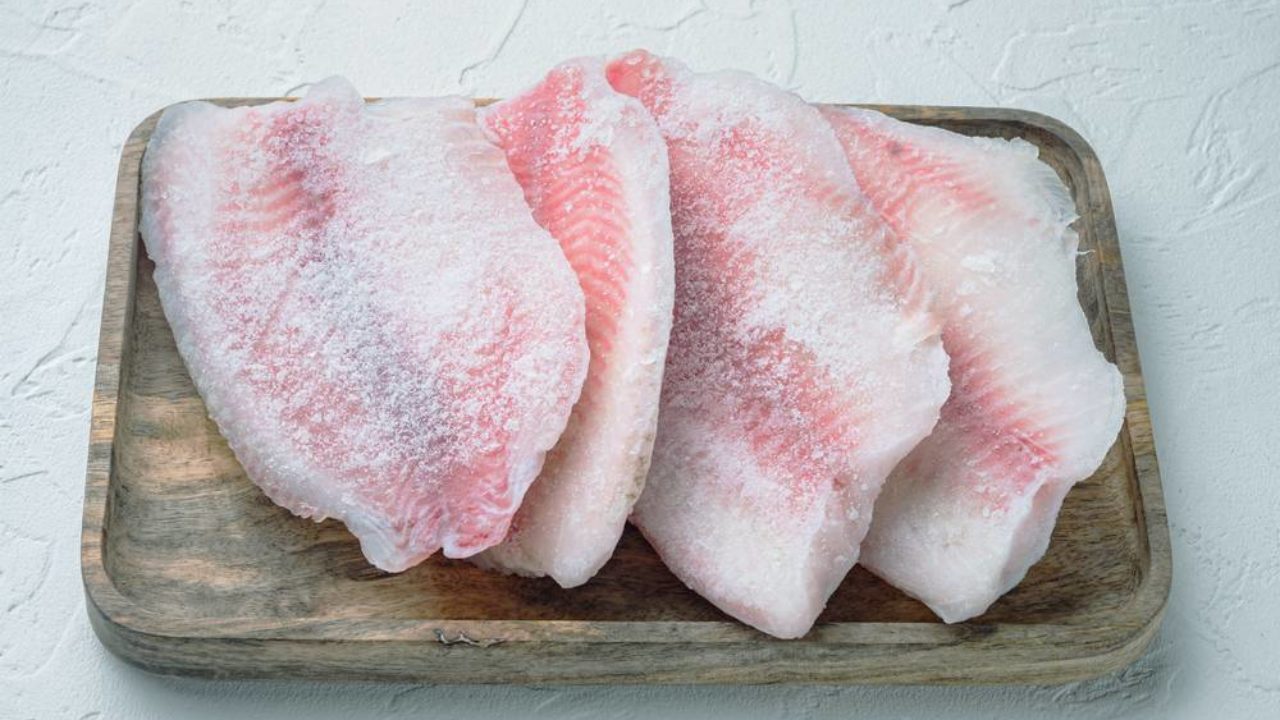

0 thoughts on “How Long Are Chicken Wings Good For In The Freezer”